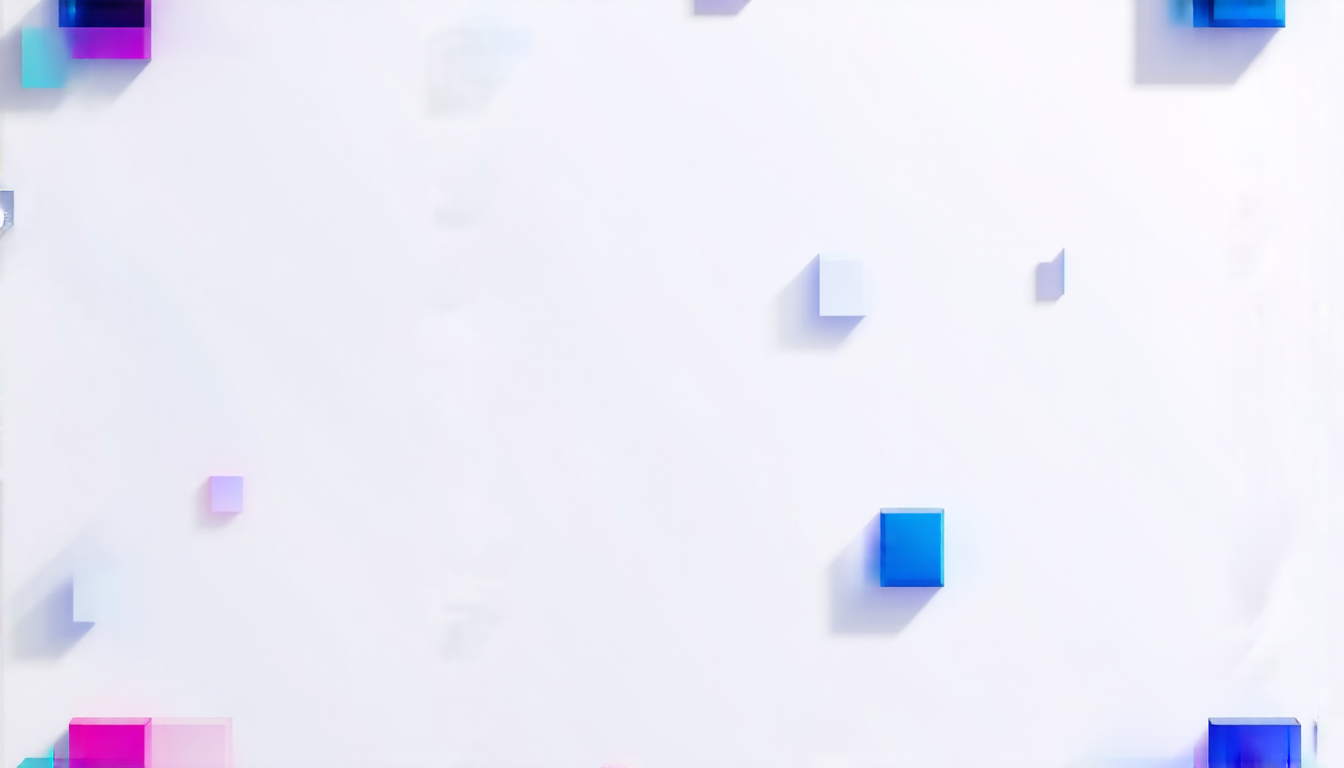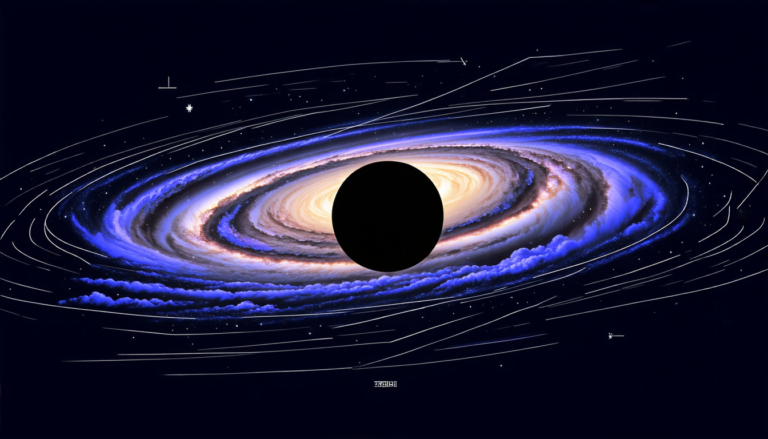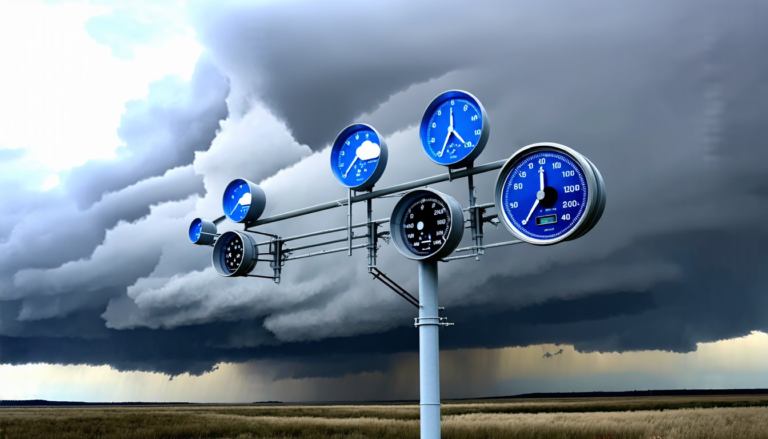Thursday 10 July 2025
The intricate patterns and shapes that make up our world are a result of the fundamental laws of physics, but what if we were to create structures that defy these rules? Researchers have been studying the properties of quasiperiodic systems for some time now, and their latest findings have opened up new avenues for exploration.
Quasiperiodic systems, such as the Penrose tiling, are arrangements of shapes that repeat in a seemingly random manner. These patterns may appear chaotic at first glance, but they possess underlying structures that give them unique properties. By studying these systems, scientists can gain insights into the fundamental nature of reality and potentially uncover new phenomena.
In this latest study, researchers have created an aperiodic monotile lattice – a structure composed of repeating units with no periodicity. The team fabricated these lattices using electron beam lithography and etching techniques, creating intricate patterns on silicon nitride films.
When light is shone onto the lattice, it produces a diffraction pattern that reveals its unique properties. The researchers observed sharp peaks in the diffraction pattern, indicating long-range order within the structure. This is unexpected, as one would expect such patterns to be more diffuse and random due to their lack of periodicity.
Furthermore, the team discovered an intriguing dependence on circular polarization – a property not seen in conventional quasiperiodic systems. The diffraction patterns exhibited distinct shapes for left- and right-handed circularly polarized light, suggesting that the lattice possesses chirality. This means that the structure lacks mirror symmetry, leading to unique optical properties.
The researchers also found that the twisting of the metatile tiling, inherent in the aperiodic monotile lattice, induces tilt in the diffraction patterns. This connection between the twisting and tilting is a key feature of this system, highlighting its unique properties.
These findings open up new avenues for research into quasiperiodic systems and their applications. By understanding how these structures behave, scientists may be able to create novel materials with tailored optical properties. The study’s results also shed light on the fundamental nature of reality, as they reveal new ways in which matter can be arranged and interact.
In a world where structure and pattern are often seen as being at odds with chaos and randomness, this research reminds us that even the most seemingly disordered arrangements can possess hidden order and beauty.
Cite this article: “Defying Physics: The Hidden Order of Quasiperiodic Systems”, The Science Archive, 2025.
Quasiperiodic Systems, Penrose Tiling, Aperiodic Monotile Lattice, Electron Beam Lithography, Etching Techniques, Diffraction Patterns, Circular Polarization, Chirality, Mirror Symmetry, Optical Properties, Tilting.







